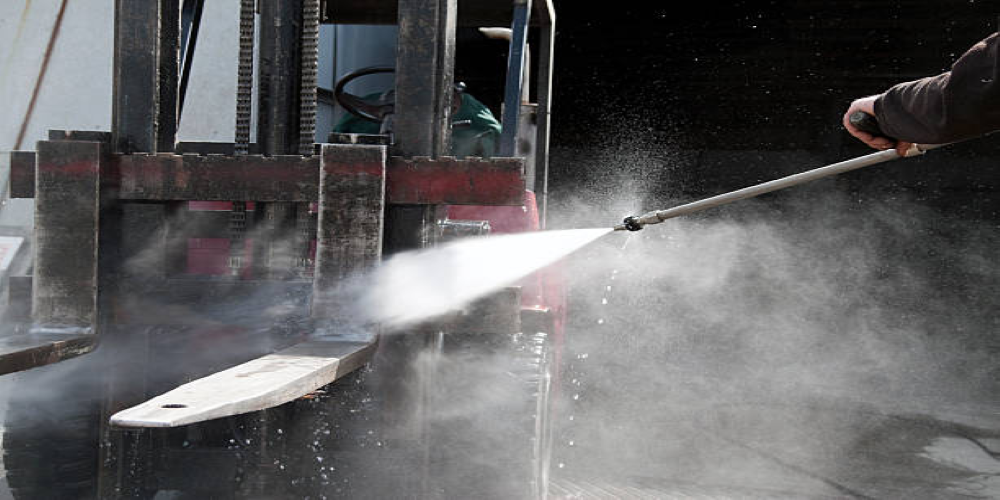With the high efficiency of a pressure washer in cleaning, it's only natural that the rate at which people are buying the machine will skyrocket. After all, who doesn't want to have the equipment that will help them reduce the high stress of cleaning? Not only does this special equipment minimize stress, but it also helps to improve the curb appeal of your house, among many other things.
Having a pressure washer in your house is undoubtedly very important; however, owning a pressure washer comes with different responsibilities. You have to learn to maintain, clean, and, more importantly, fix the pressure washer in case of any minor fault. No equipment does not have the potential to develop one flaw or another after being used for a while. It's your job as the user to learn about these faults and how to fix them. In this article, we'll be looking at some common issues that develop in pressure washers and how to solve them.
Common Pressure Washer Faults
- Surge Issues: This is a very common type of fault. When you turn on your washer and switch up the pressure, everything seems to be working fine, only for the machine to stop the next minute. When this happens, it shows that the water source is not giving the right amount of water for the pump to run efficiently. If left unchecked, this problem can lead to the pump sucking in air from the environment and causing damage to the engine. Therefore to fix this, you must find out the capacity of your pump. Then you can now connect it to a water source that can deliver the right quantity of water it requires.
- Too Much Pressure: When you feel that the pressure at which water is being emitted from your pressure washer is too much, you should check the size of your nozzle; it's probably too small. It might also be the gauge or the regulator acting up, so you should have that checked.
- Low Nozzle Pressure: Majorly, whenever there is a low nozzle emission pressure, it's the nozzle tip you should inspect. Most times, the reason why they emit water at low pressure is that they are clogged. So to fix this, then you should consider cleaning the nozzle tip. If this doesn't work, it might also be because of the length of the hose. You shouldn't go for anything higher than a 100 ft hose if you want to have good water pressure when cleaning.
- Vibration Of The Washer:When the pressure washer vibrates unnecessarily, it might be the water inlet. You should inspect it, and if it's dirty, you should have it cleaned. If the channel isn't dirty, you should consider checking the sound of the suction vent to know whether the ventilation system is disturbed by dust or debris and have it cleaned if they are.
Conclusion
As explained earlier, no machine is not prone to be faulty at one time or another. However, when these faults occur, it's important to know how to fix them before they get beyond repair and need to be replaced. In this article, we've described some of these faults and how to fix them if they happen to your pressure washer.


